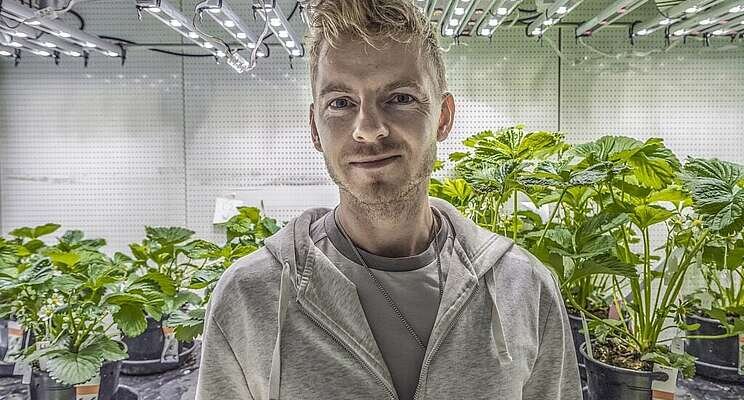Is agriculture moving indoors?
Added on 23 November 2021

On a sunny day last August, Daniel Malechuk opened the door to a 77,000-square-foot warehouse just outside Atlanta.
Inside, under the soft magenta glow of LED lights, grew five varieties of hydroponic lettuce stacked nine levels high. A handful of employees were busy harvesting the greens. Their pace matched Malechuk's ambition: to grow 10 million heads of lettuce by next spring.
If they succeed, Kalera, the vertical farming company that began operations here in April 2021, will not only have the largest-yield vertical farm in the Southeast, but will also be Georgia's largest lettuce producer.
"This facility will produce 12 times as much lettuce in one year as the entire state can produce in the same amount of time," Malechuk enthused. (According to Georgia's department of agriculture, the state imports more than 99 percent of its lettuce).

The world's population is projected to swell to nearly 10 billion by the middle of the century; global food production will need to double by then to keep up with demand. Photo: Teake Zuidema
These farms, not dependent on specific weather patterns or terrain, can thrive almost anywhere, cutting down transportation costs and associated emissions. And importantly, they operate more cleanly, without producing runoff from fertilizers or pesticides.
According to PitchBook, investors poured nearly $1 billion into indoor farming companies in 2020, more than twice what they invested the year before.
But there's a catch: indoor farms rely on the artificial light of tens of thousands of LED lights. Add to that the energy needed for climate control, water circulation and other operations, and a farm like Malechuk's can consume massive amounts of energy.
"The single largest hurdle facing the industry is that it uses a huge amount of electricity," said Julia Kurnik, director of innovation startups at the World Wildlife Fund. She said vertical farming involves a series of economic and environmental tradeoffs. "It may not make sense everywhere, but if you're in, say, the Middle East and you don't have much land, but you can use renewable [solar] energy to power your farm, this may be a huge boon." She said the source of the energy is crucial to determining the net environmental impact.
Click here to read more.
Header Photo: Stephan David, plant scientist at Wageningen University & Research, researches which light recipes are best for growing strawberries indoors. Behind him are two batches of strawberries that were planted at the same time but grew up under different light conditions. Credit: Teake Zuidema
Source: Nexus Media News
More news















